
Get news, updates, & event Info delivered right to your inbox:
How to Take Great Nature Photos
Have you ever attempted to take a quick nature shot on your phone, only to look through your camera roll and see that it didn’t turn out quite as you expected? Phone photography has always been tricky, but thankfully phones have evolved over time to have fantastic built-in cameras. While those cameras can help us achieve beautiful and sharp photos, they can’t exactly tell us what works and what doesn’t.
Whether you’re a beginner or an experienced phone-tographer, we’re here to share some tips on how to take gorgeous nature photos to capture beautiful natural scenes in the great outdoors.
Here Are Our Best Nature Photography Tips To Help You Upgrade Your Photography Game
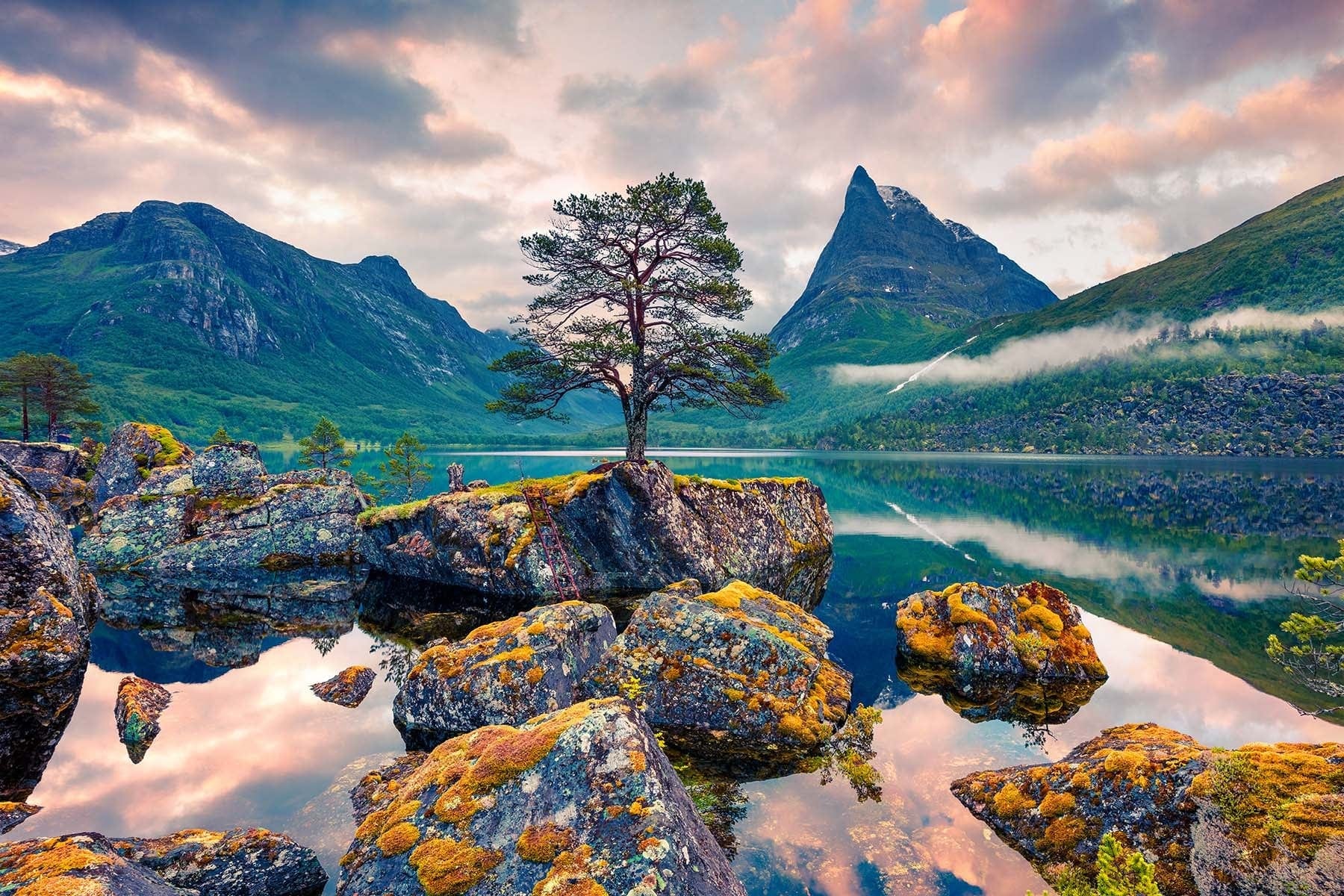
1. Add Perspective
Including a foreground element, a middle layer element, and a background element will pull people in. A branch of a tree in the foreground, a lake in the middle, and a mountain behind the lake in the background is a good example of adding perspective to your snap!
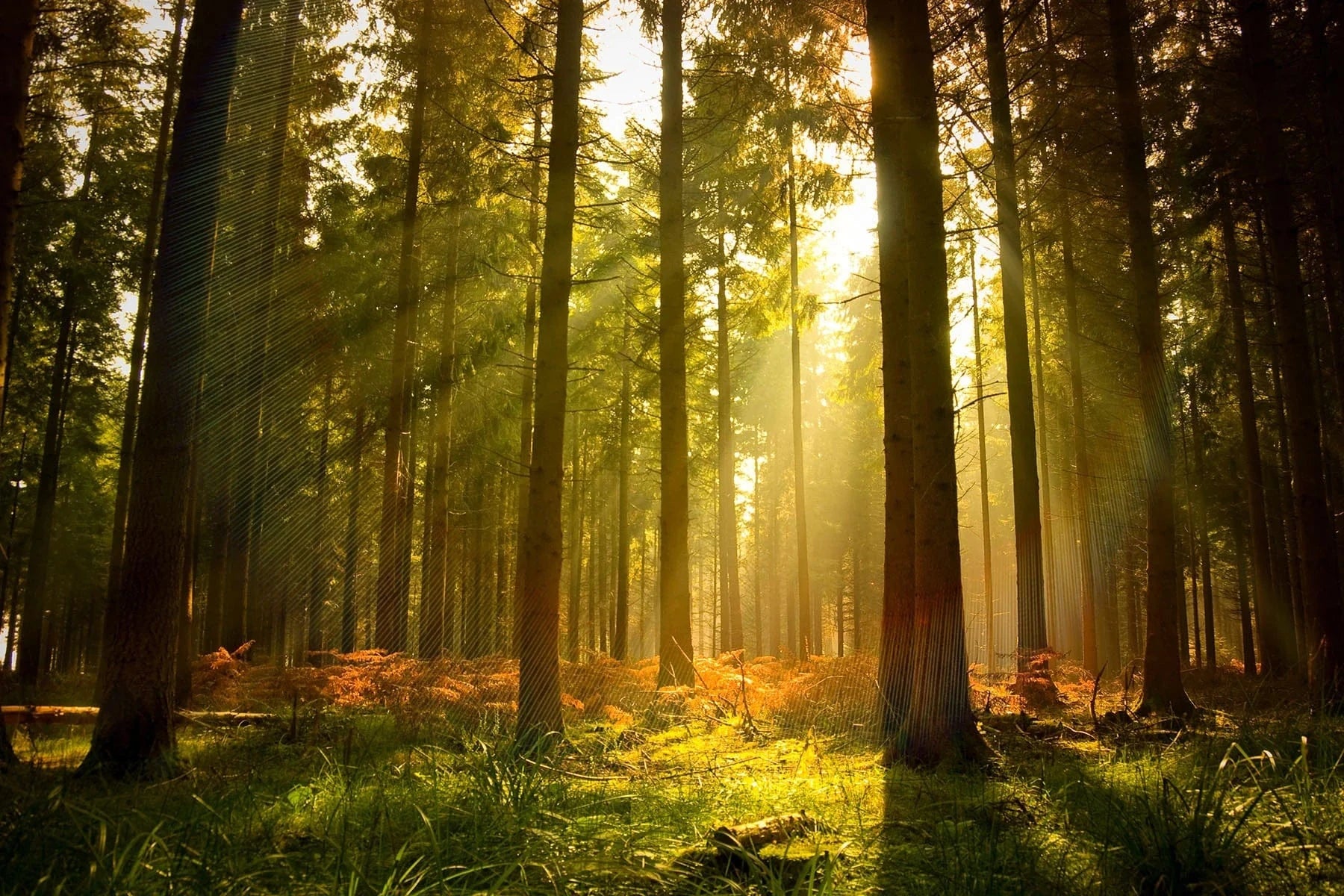
2. Choose Indirect Sunlight
Try to take photos early in the morning or later in the day when the sun isn’t directly overhead. Also known as “golden hour”, this is the time of day when the light will be softer and warmer and full of interesting shadows.
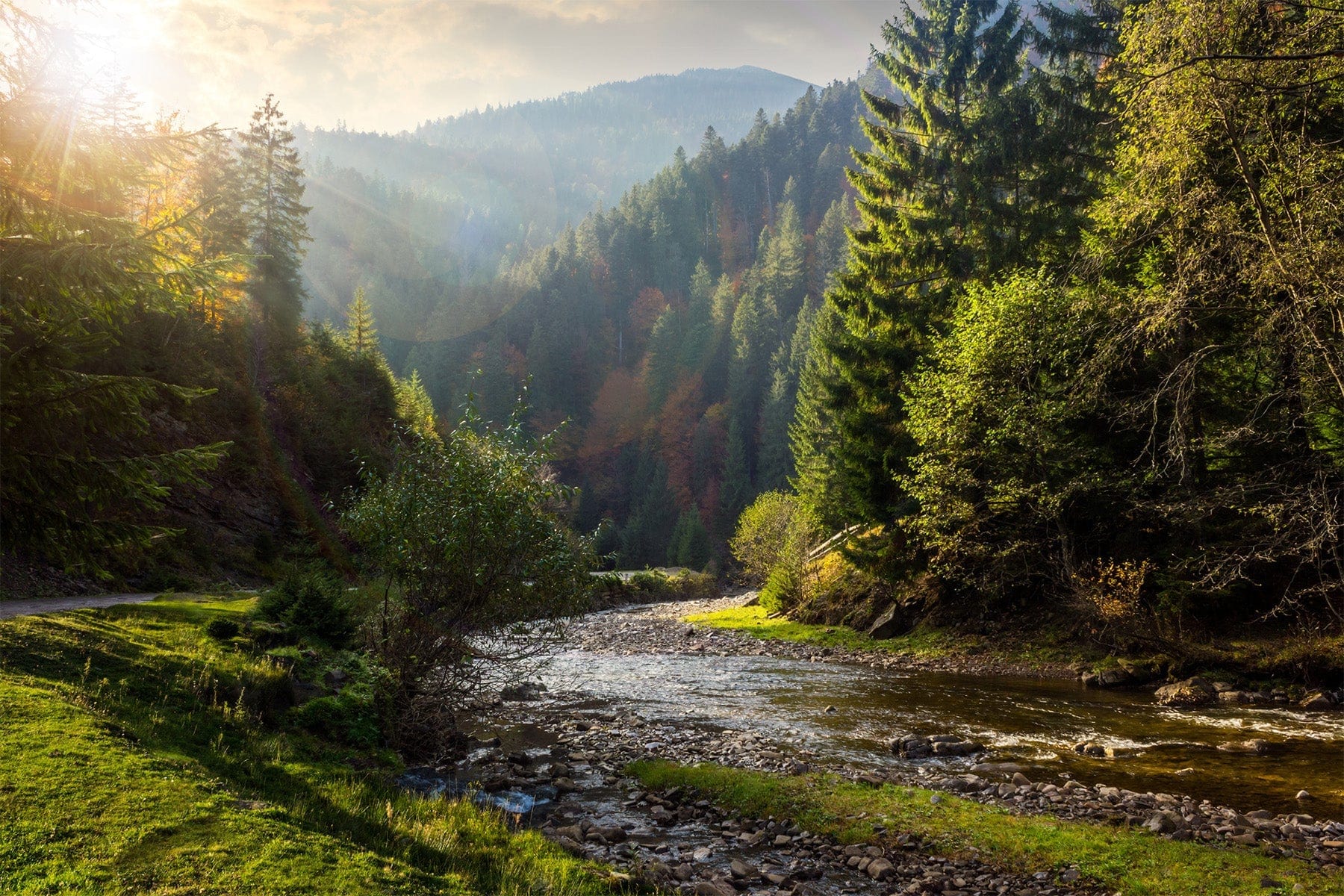
3. Adjust The Exposure
Sometimes our phones will adjust the exposure automatically and subjects or landscapes will appear too bright or too dark. Be sure to adjust your exposure right before you take the snap! Tapping and dragging your finger up or down on the screen will usually adjust exposure.
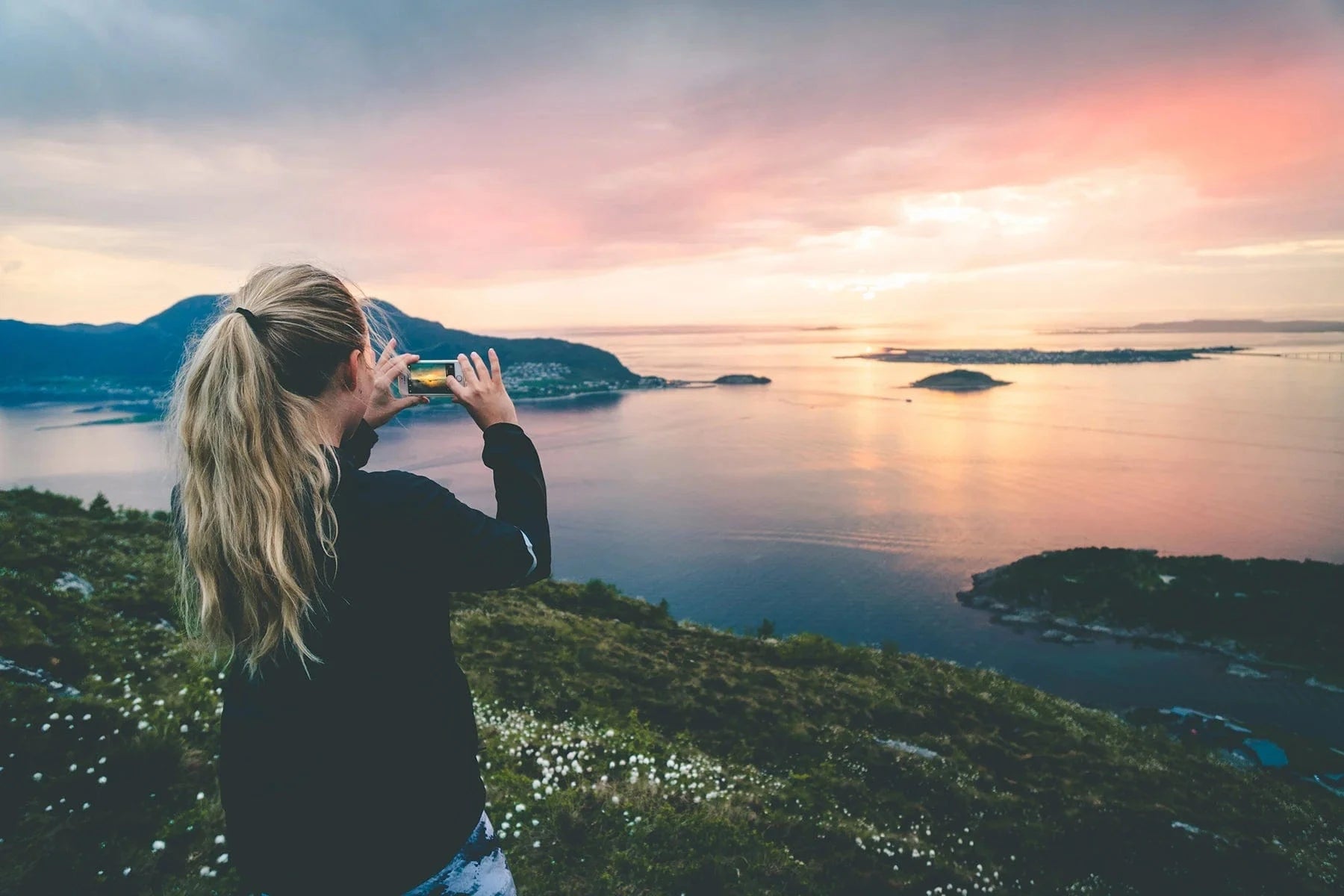
4. Stay balanced
Using a PopSocket can help you balance your phone while you’re on the go. Have a little more time to spare, or want to be in the photo? A phone tripod complete with a remote will help you get your perfect shot!
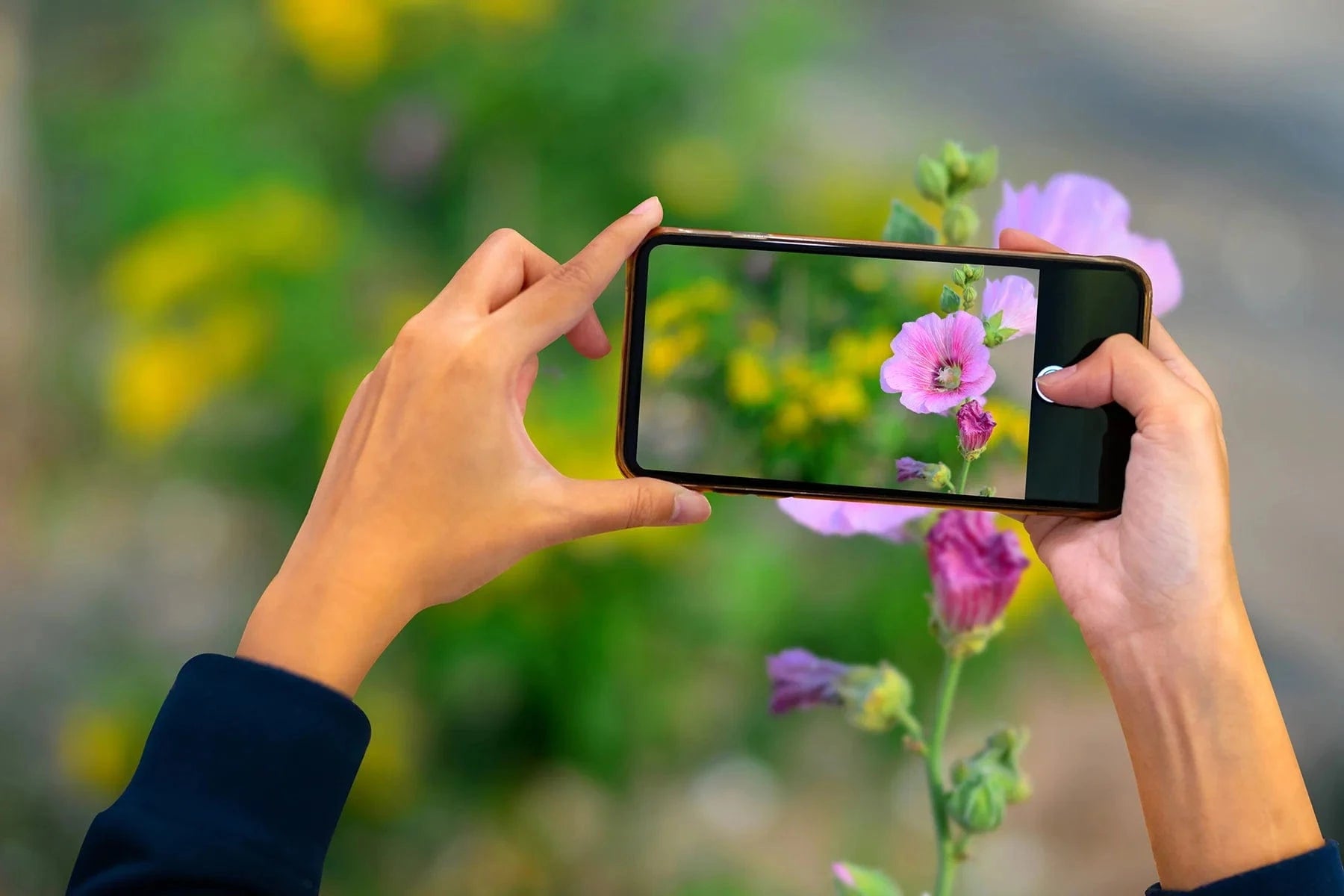
5. Play With Camera Angles
The simple tilt of your phone can change the whole photo. It could fix lighting issues, get a better angle, or fit more into the photo. Don’t be afraid to take some extra time to capture a photo from different angles!
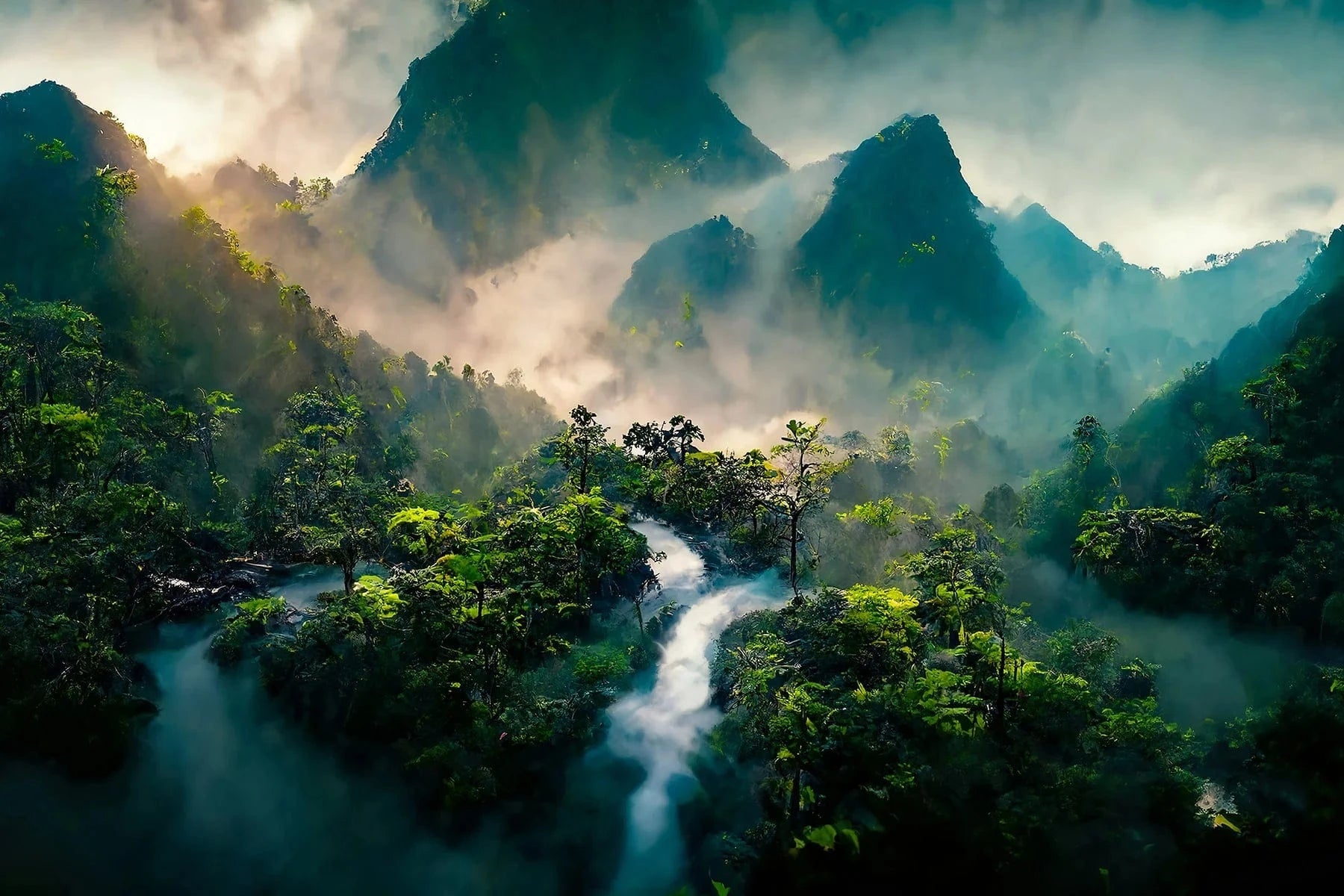
6. Practice Makes Perfect
Pick a specific subject to practice with. For example, if you love sunsets practice capturing and editing different sunsets from different locations. With plenty of practice, you’ll know the best spots to snap a photo of the sunset!
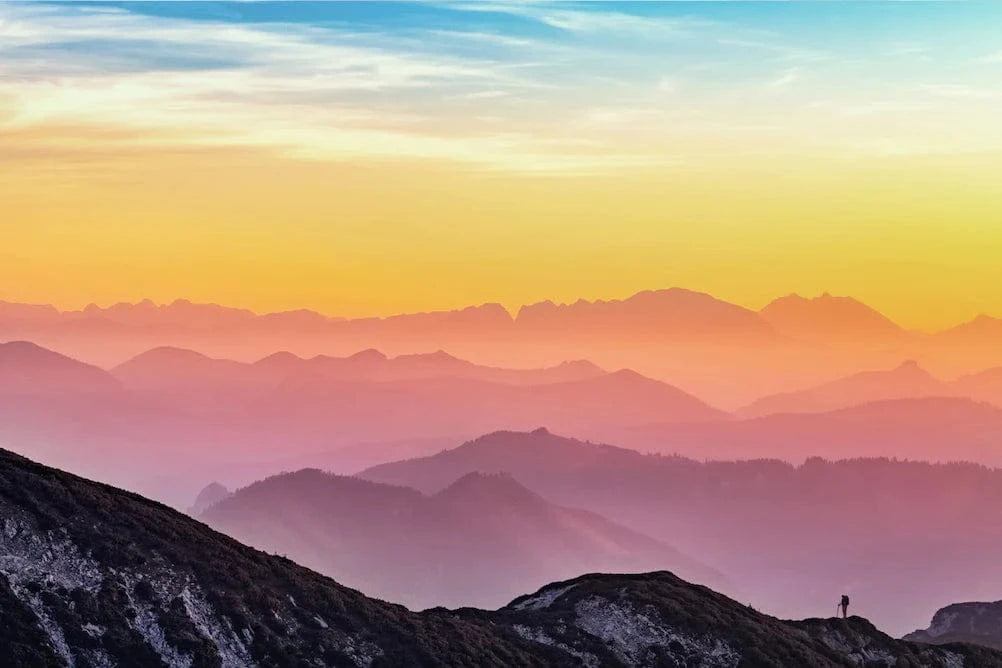
7. Use Hashtags For Location Sourcing
Research local hashtags on IG or Tiktok to find new locations to snap photos, learn new tricks, and even make new friends. Most areas also have an #igers account. For example, Western Massuchussets is #igers413.
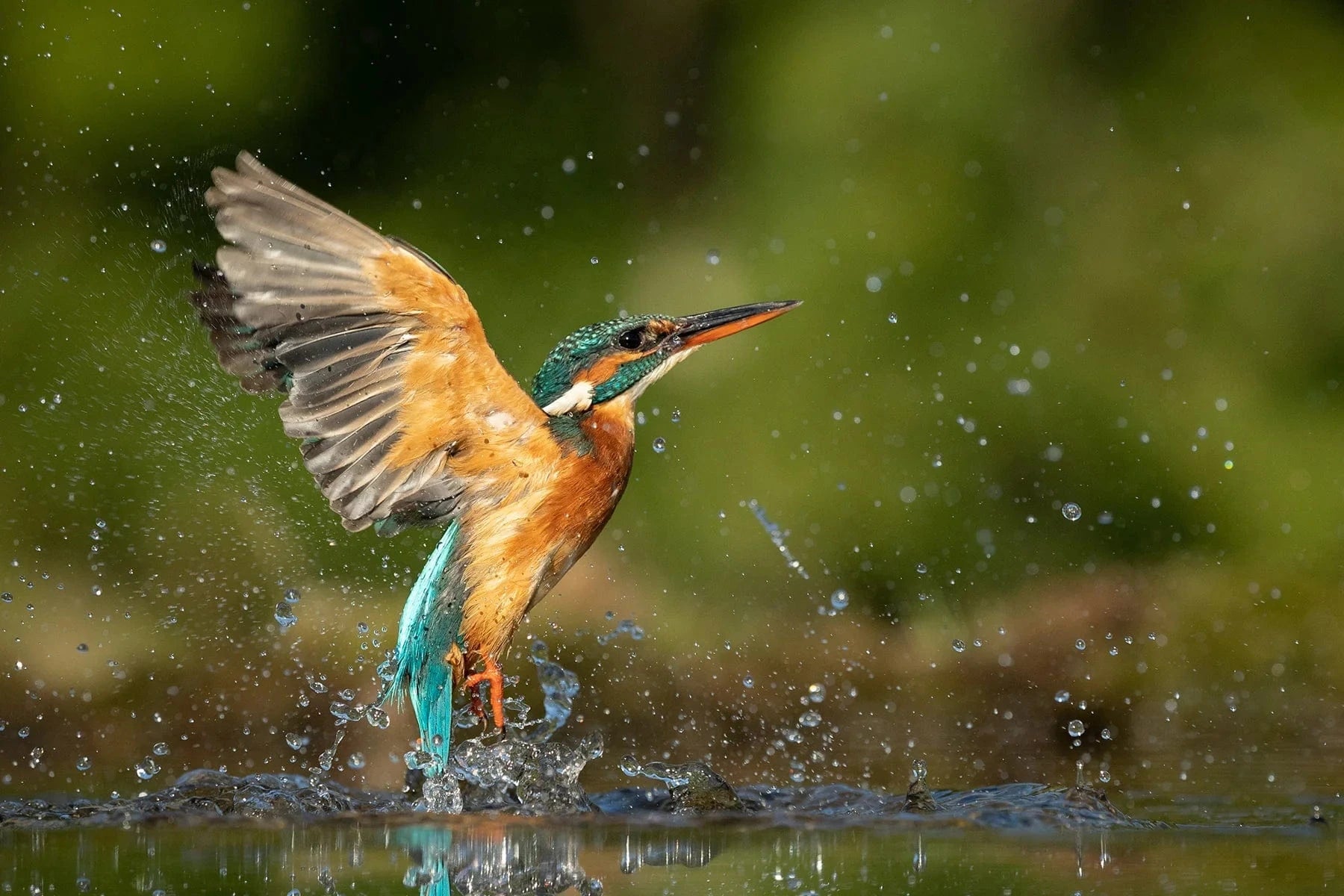
8. Capture With Burst Mode
Most phones have a burst mode, which will allow you to capture multiple photos at once. This mode is great for quick-moving subjects like butterflies, birds or squirrels! Once you’ve captured your photos in burst mode, you can scroll through and pick your favorite.
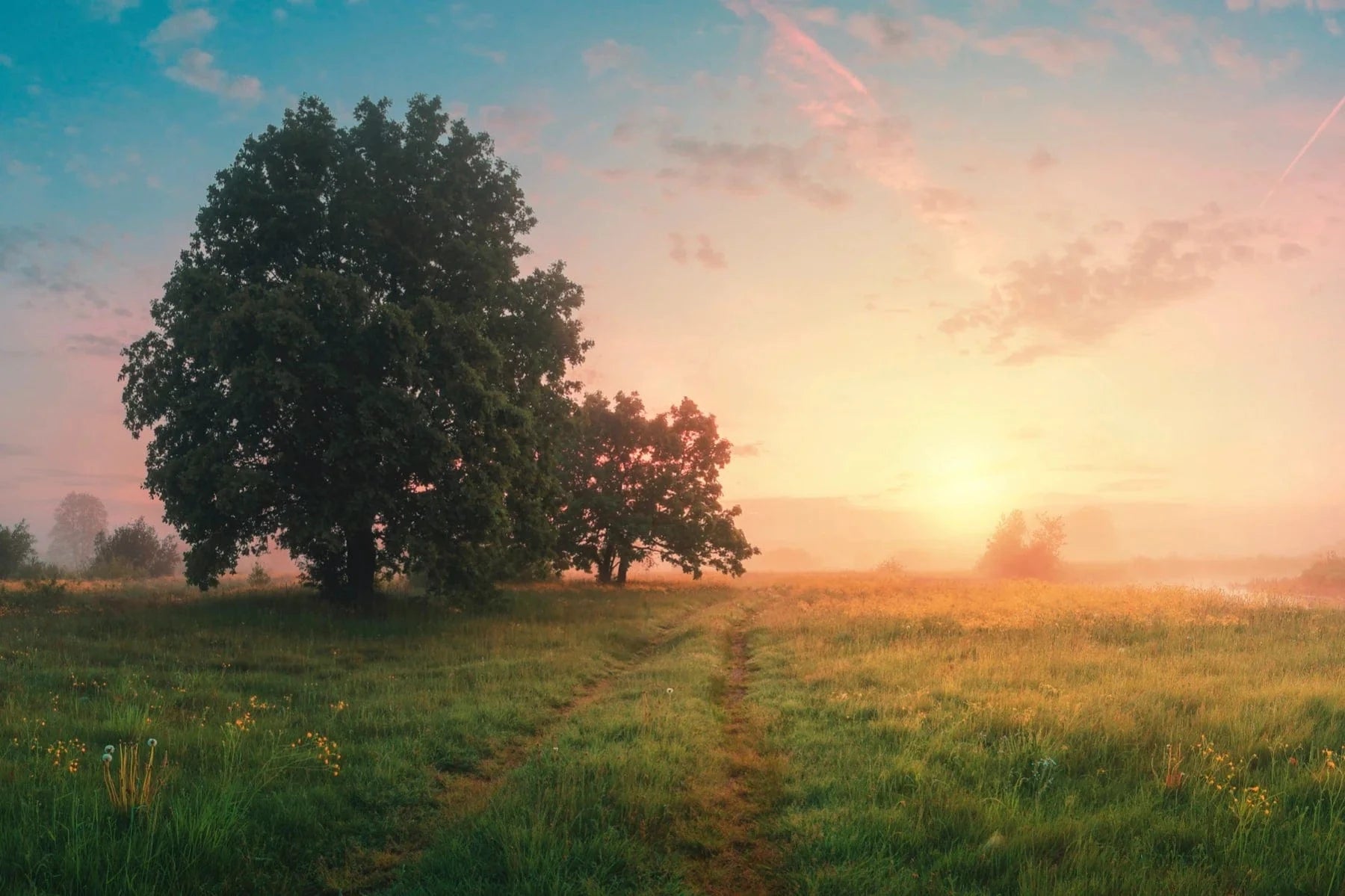
9. Follow the Rule of Thirds
The Rule of Thirds is a simple composition guideline and following it is easy with most phones already having a built-in grid! This tip suggests placing your subject on the left or right side of your photo, leaving two-thirds open.
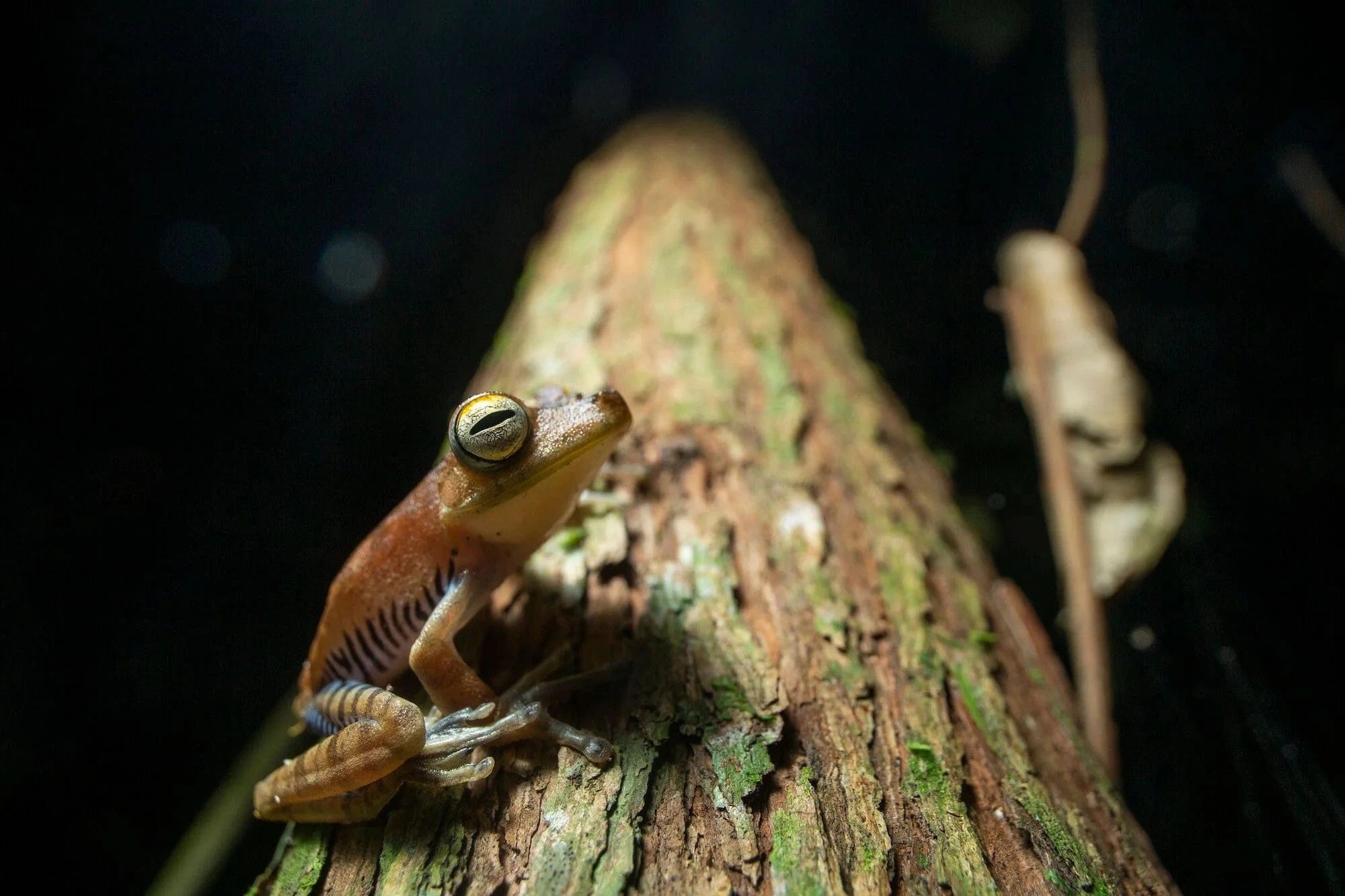
10. Crop Your Photos
Use your phone’s crop tool to add more focus to your subject by cropping out unwanted people, animals, or objects. Just be sure not to overcrop and reduce the overall quality of your photo.

11. Edit Mindfully
Use editing apps rather than Instagram filters and be sure to edit mindfully! Don’t oversaturate your image or use too many filters all at once. Most of the time less is more and small tweaks can make a big difference. Our favorite editing apps include SnapSeed and lightroom for photos and Splice for videos.
Using your phone to take photos of the natural world is a great way to capture memorable moments of the great outdoors before they’re gone. We hope these nature photography tips help you become a better nature photographer the next time you pull out your mobile phone to appreciate the natural areas around you!
Now that you've learned how to take great photos, become a Tree Ambassador to share them with other nature lovers around the world!
Get news, updates, & event Info delivered right to your inbox:
Related Posts
9 Sustainable New Years Resolutions
18/12/2025 by Meaghan Weeden
Inspirational Quotes About Trees
16/12/2025 by Meaghan Weeden
The 9 Oldest, Tallest, and Biggest Trees in the World
11/12/2025 by One Tree Planted
Popular On One Tree Planted
Inspirational Quotes About Trees
16/12/2025 by Meaghan Weeden
The 9 Oldest, Tallest, and Biggest Trees in the World
11/12/2025 by One Tree Planted
What Causes Deforestation?
10/07/2025 by Meaghan Weeden
Fundraising Disclosures

Be Part of the
Restoration Movement
The Grove is more than just a monthly giving program: it's a vibrant community of individuals who are dedicated to reforestation and environmental restoration on a global scale.
As a member of The Grove, you affirm your commitment to restoring forests, nurturing biodiversity, and fostering positive global change.



